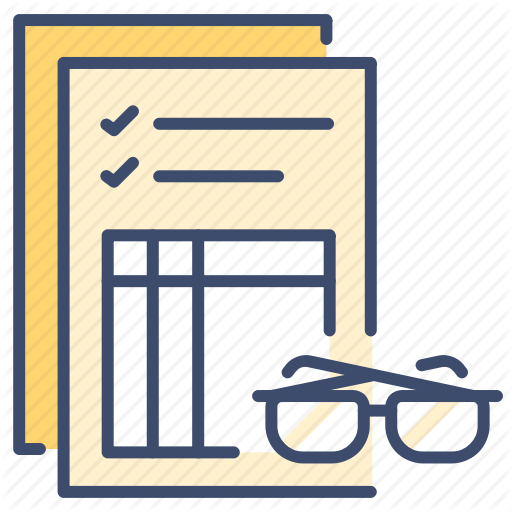
The quality assurance standards set by the EEU are integrated into the University’s internal regulations, which are united into the internal regulatory framework and include: provisions, rules, instructions, policy documents, action plans, procedures, guidelines, guidelines and each of them is an integral part of the quality system.

EEU Quality Assurance System
Document represents the main instrument for implementing and developing quality assurance system at EEU and is designed to help the EEU meet the needs of students as well as other stakeholders and meet their expectations. The document refers to the systemic improvement of the educational activities of the institution. It includes the basic principles and mechanisms for planning, implementing, analyzing, evaluating and improving an effective management system. It declares the key aspects of the quality assurance system, principles and mechanisms, with the joint use of which the University, in a difficult, demanding and constantly changing environment, must ensure sustainable success! The document is based on the analysis of the organizational culture of the university, the results of the implementation of the quality system in the university, the current legislation of Georgia, national and international best practices. The document covers the following important issues: Quality culture in the EEU; Purpose and key aspects of the quality assurance system; Principles of quality assurance; Quality assurance mechanisms and their implementation. The document covers the following important issues: Quality culture in the EEU; Purpose and key aspects of the quality assurance system; Principles of quality assurance; Quality assurance mechanisms and their implementation.
See the full version of the document here.

EEU Mechanisms for monitoring management effectiveness and evaluation system
The document deals with the evaluation and monitoring of the management efficiency of the institution. It includes the basic principles, mechanisms, tools, and procedures for planning, implementing, analyzing, evaluating, and improving an effective management system. By jointly using the mechanisms and procedures for monitoring the effectiveness of management declared in the document, the University should ensure the measurement, evaluation and improvement of the management efficiency of the institution, which serves the university mission and achievement of the core strategic aim – sustainable success. This document is based on national and international best practices, analysis of the results of the implementation of management mechanisms implemented in the institution. The document covers the following important issues: key aspects and mechanisms for monitoring management effectiveness; Monitoring and evaluating the implementation of the Strategic Development Plan and Action Plan; Evaluation of the effectiveness of quality assurance mechanisms; Assessment of financial and economic indicators; Evaluation of the performance of the tasks by the structural units and the performance of the staff; Assessing student and staff satisfaction; Use management effectiveness assessment tools, process and results.
See the full version of the document here.

Rules for planning, developing, modifying and canceling educational programs
The document regulates the rules and procedures for planning, developing, approving, amending and canceling educational programs. The document is mandatory for all persons involved in the process of planning, developing, approving, amending and revoking the University educational program. It includes: definition of educational program; procedure of planning and elaboration of educational programs; Identification of stakeholders involved in the development of the educational program; Specific circumstances to be considered when developing an educational program; Information on the Academic Program Development Committee and the functions of the Program Manager; The procedure for making changes in the educational program; The grounds and procedure for the cancellation of the educational program; Mechanisms for providing students with further education in case of change or cancellation of the educational program.
See the full version of the document here.

Rules for evaluating the implementation of educational programs
The document defines the internal and external mechanisms for evaluating the implementation of educational programs operating at the University. The document establishes the form of the annual internal self-assessment report of the educational program. The report is an internal quality development tool that serves to identify the strengths and weaknesses of the programs based on evaluation of the programs implemented at the university and plan targeted activities based on the obtained data.
See the full version of the document here.

A guide to evaluating the learning outcomes of educational programs
The document describes the curriculum mapping methods and relevant examples, defines the principles and forms of mapping the program objectives and learning outcomes, as well as examples of curriculum map development. The guide defines the procedures for evaluating the learning outcomes of the program and the individuals involved in it. Information on the evaluation feedback procedure is provided.
See the full version of the document here.

Student quota (body) planning and study program staff planning methodology
The document sets out the policy and procedure for planning and monitoring the optimal number of students at the University, the methodology for determining the student contingent, and target benchmarks. Also, the methodology for determining the number of academic and invited staff required for the implementation of educational programs. The document is used to determine the annual admission contingent at the university, the annual assessment of the university, the external mobility of students, the creation of a new educational program or the renewal of the existing one, as well as the calculation of the optimal contingent of students within the institutional authorization process taking into account the available material and human resources and determining the educational program implementing staff.
See the full version of the document here.

The rule for assessing academic and invited staff’s scientific and academic performance
The document regulates the criteria and procedures for the evaluation of the academic and scientific academic performance of the academic staff of the Eastern European University, as well as the academic performance of the invited staff. The document includes: the purpose of the evaluation of academic and invited staff; Evaluation of scientific research activities of academic staff; Evaluation of the academic (teaching) activities of the academic and invited staff and mechanisms for responding to the results; Form of annual and semester evaluation of academic staff.
See the full version of the document here.


